
OR
Prez Bhandari visits NA headquarters
Published On: June 21, 2018 07:04 PM NPT By: Republica | @RepublicaNepal

KATHMANDU, June 21: President Bidya Devi Bhandari has visited Army Headquarters, Bhadrakali on Thursday. President Bhandari who is also Supreme Commander of Nepal Army (NA) reached for an inspectional visit. Upon her arrival at NA Headquarters, Chief of the Army Staff (COAS) General Rajendra Chhetri welcomed her.
At an event organized at Army Headquarters, President Bhandari was briefed on the various aspects of Nepali Army (NA) including current activities, organization structure of Nepali Army, welfare activities and operational preparedness among others by the heads of concerned departments.
In press statement released by the NA on Thursday, it has been mentioned that in her response, President Bhandari praised the NA for its contribution for the nation. She directed the organization to fulfill the duties and responsibilities with high spirit and motivation.
At the beginning of the program, COAS General Chhetri delivered the welcome speech. Likewise, officiating Prime Minister and Defence Minister Ishwar Pokhrel also expressed his views during the program.
Present on the occasion were Officials of the Office of the President of Nepal & Ministry of Defence and General Officers of Nepali Army.

You May Like This

EC submits NA poll results to Prez Bhandari
KATHMANDU, Feb 12: The Election Commission (EC) on Friday submitted the National Assembly poll results to President Bidya Devi Bhandari. Read More...
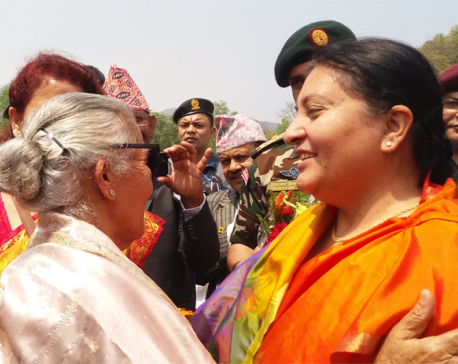
Prez Bhandari visits her mother at Briddhashram
ITAHARI, April 5: President Bidhya Devi Bhandari on Wednesday met with her mother Mithila Pandey at Chatara Briddhashram in Barahakshetra... Read More...
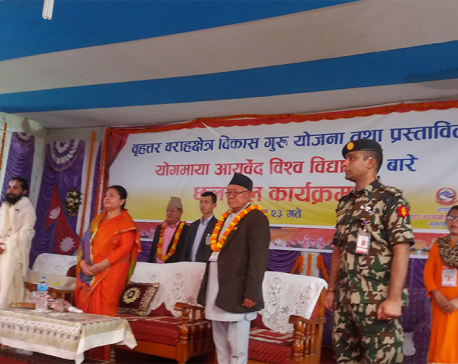
Prez Bhandari vows compensation for Koshi flood victims
ITAHARI, April 5: President Bidhya Devi Bhandari has vowed to provide compensation to the Koshi flood victims. She has also... Read More...

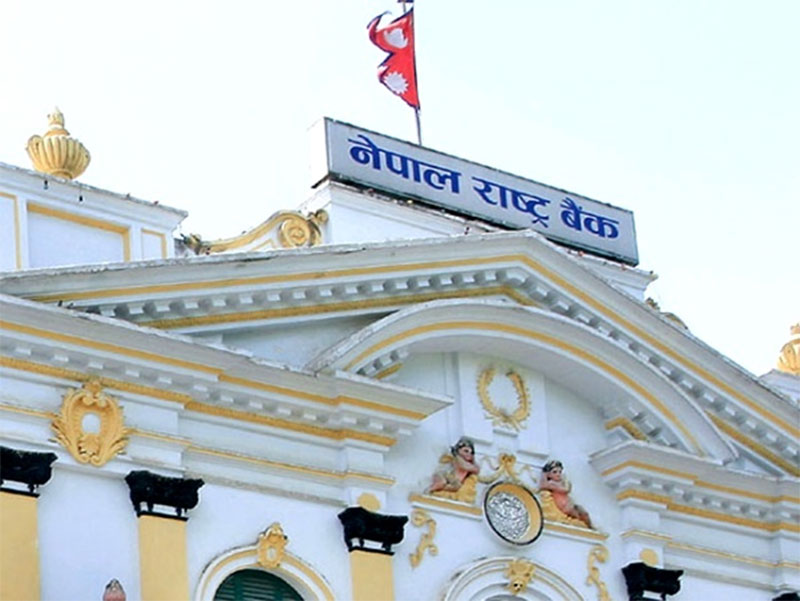
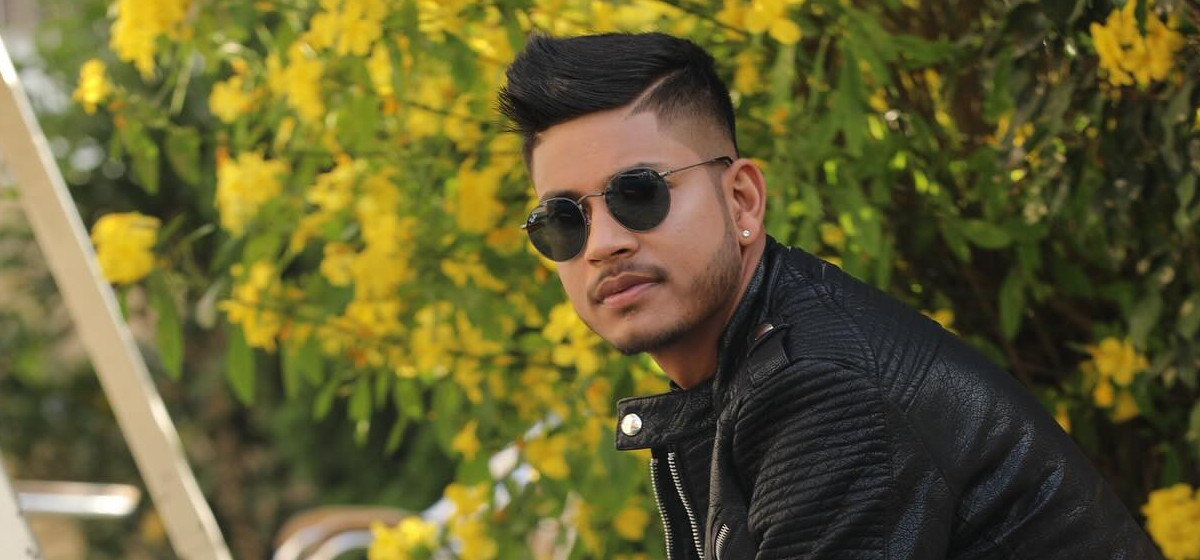

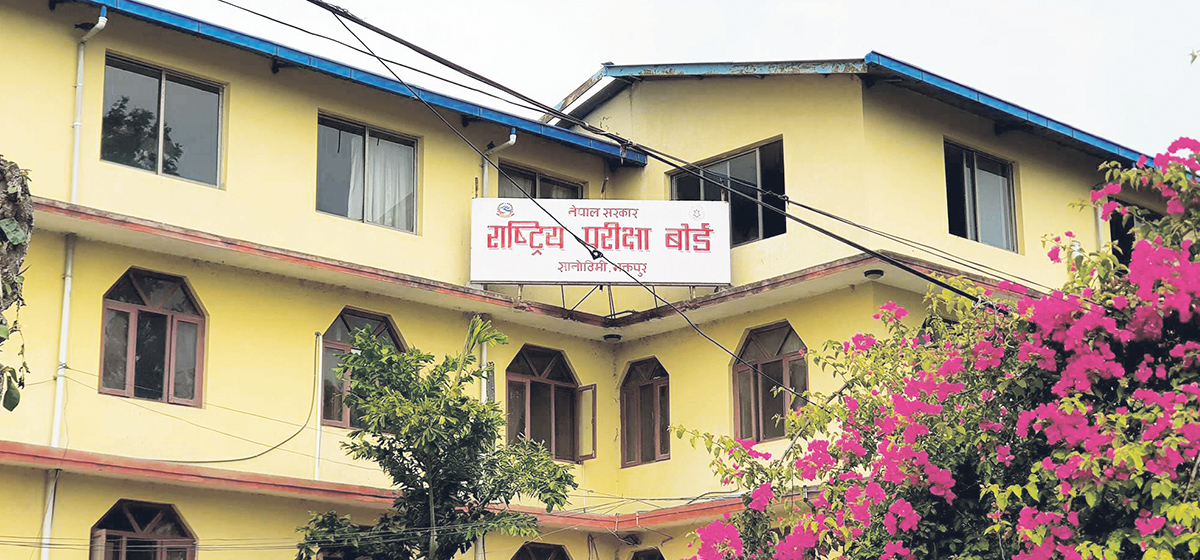

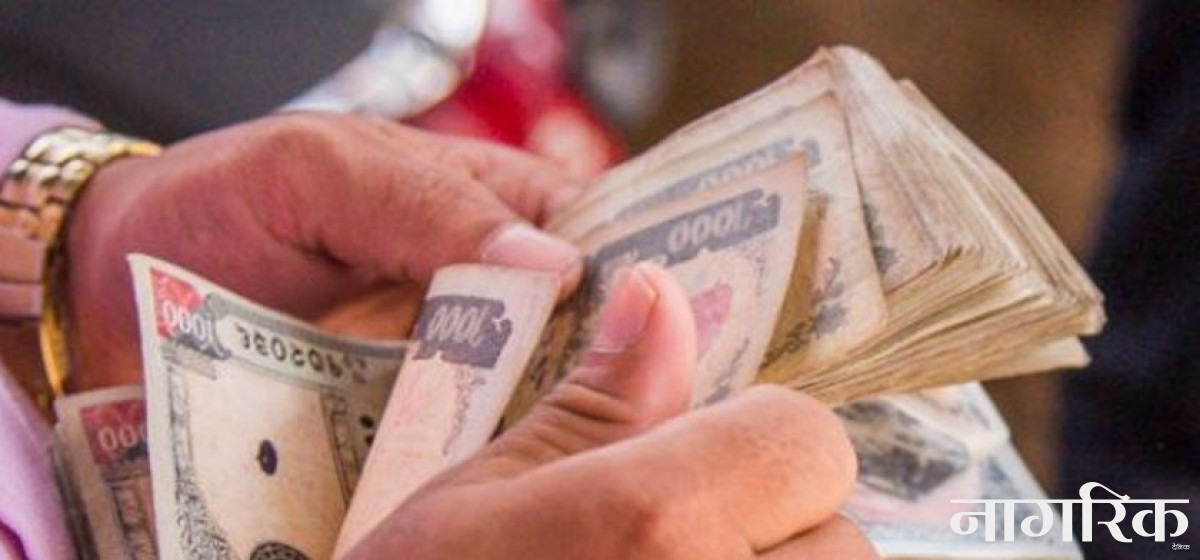
Just In
- NRB to provide collateral-free loans to foreign employment seekers
- NEB to publish Grade 12 results next week
- Body handover begins; Relatives remain dissatisfied with insurance, compensation amount
- NC defers its plan to join Koshi govt
- NRB to review microfinance loan interest rate
- 134 dead in floods and landslides since onset of monsoon this year
- Mahakali Irrigation Project sees only 22 percent physical progress in 18 years
- Singapore now holds world's most powerful passport; Nepal stays at 98th



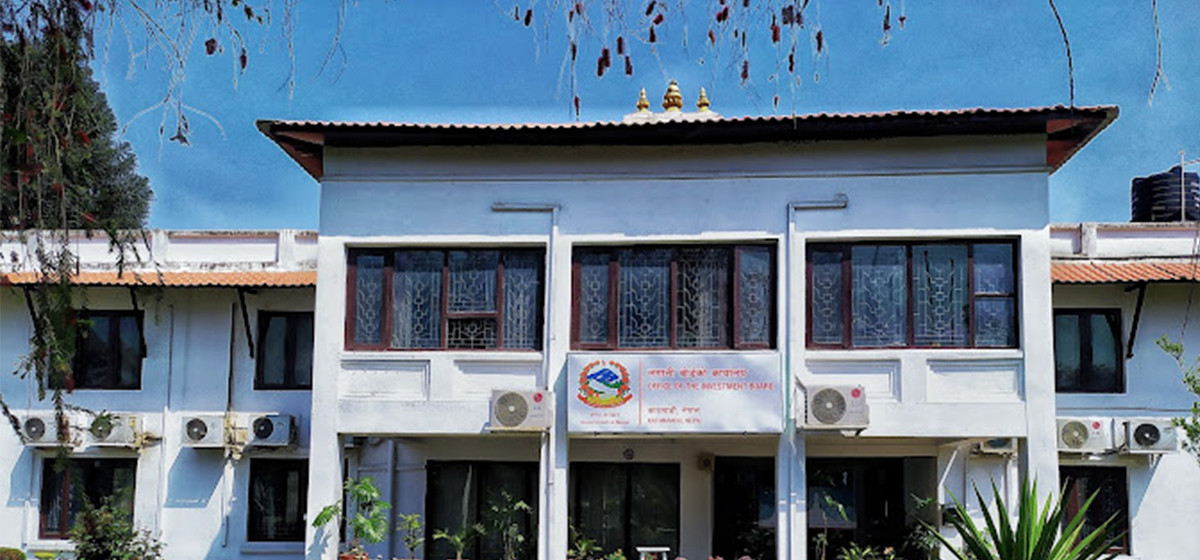


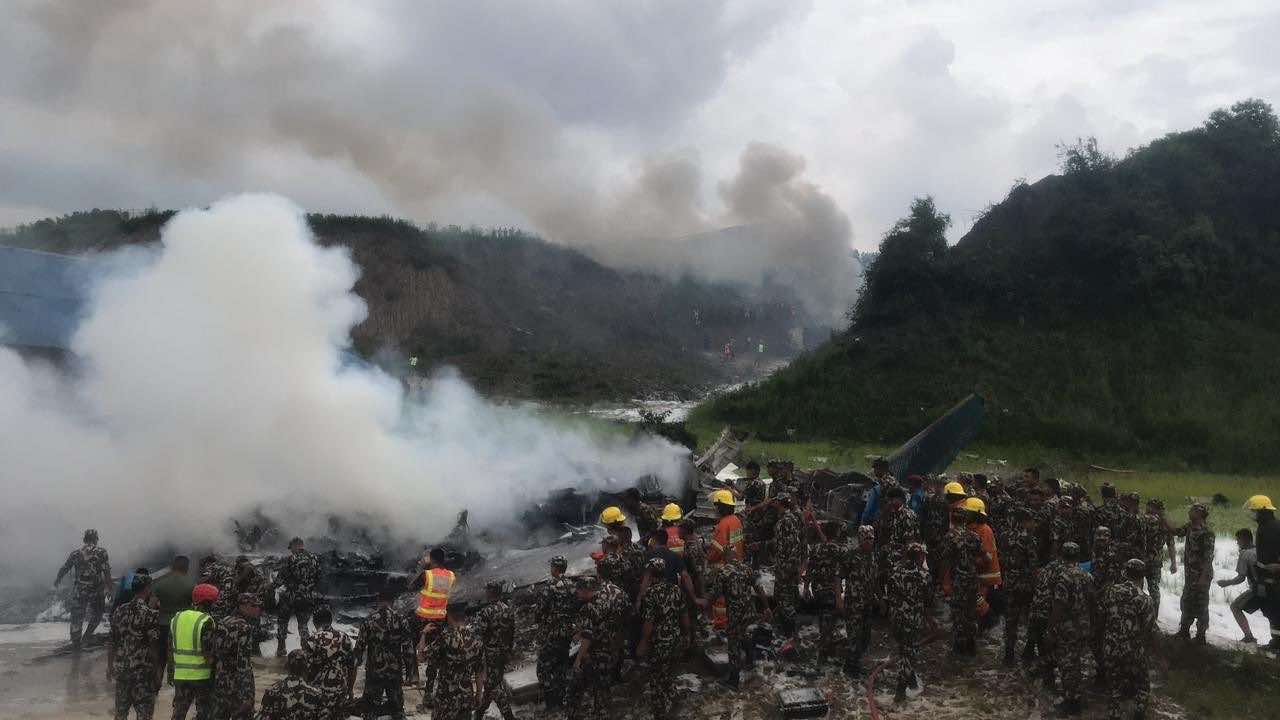
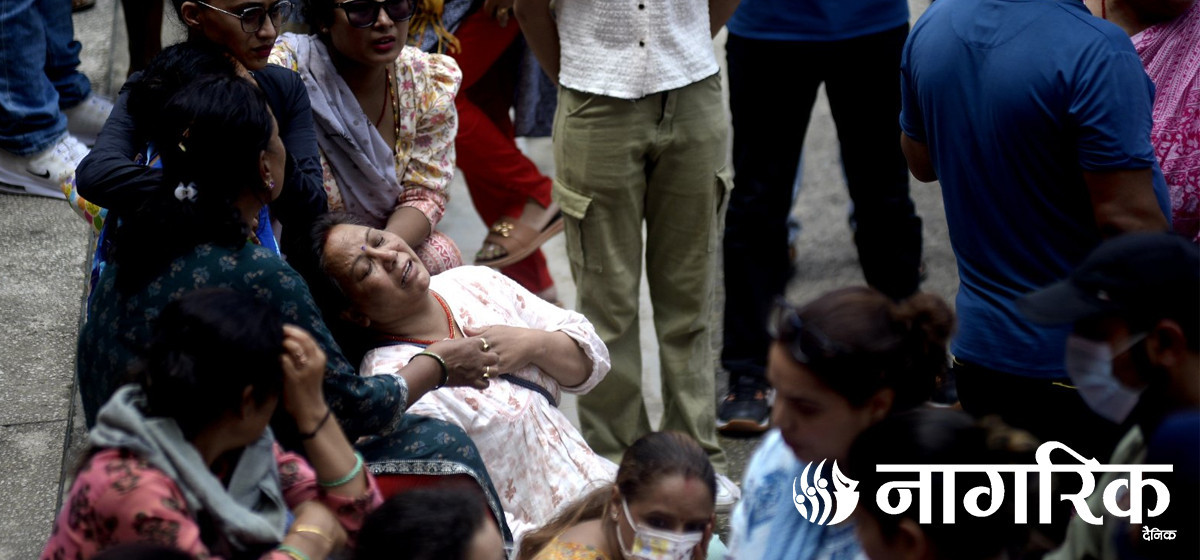



Leave A Comment